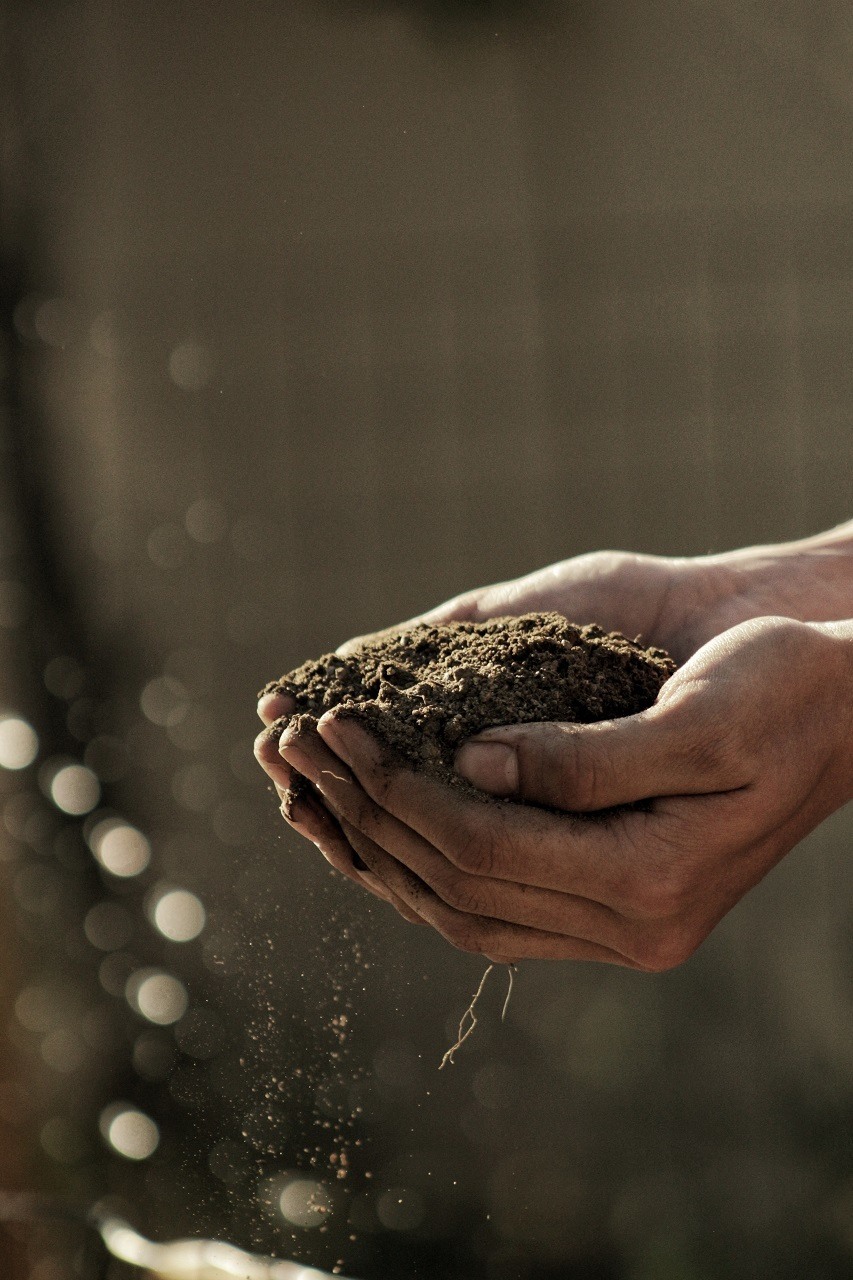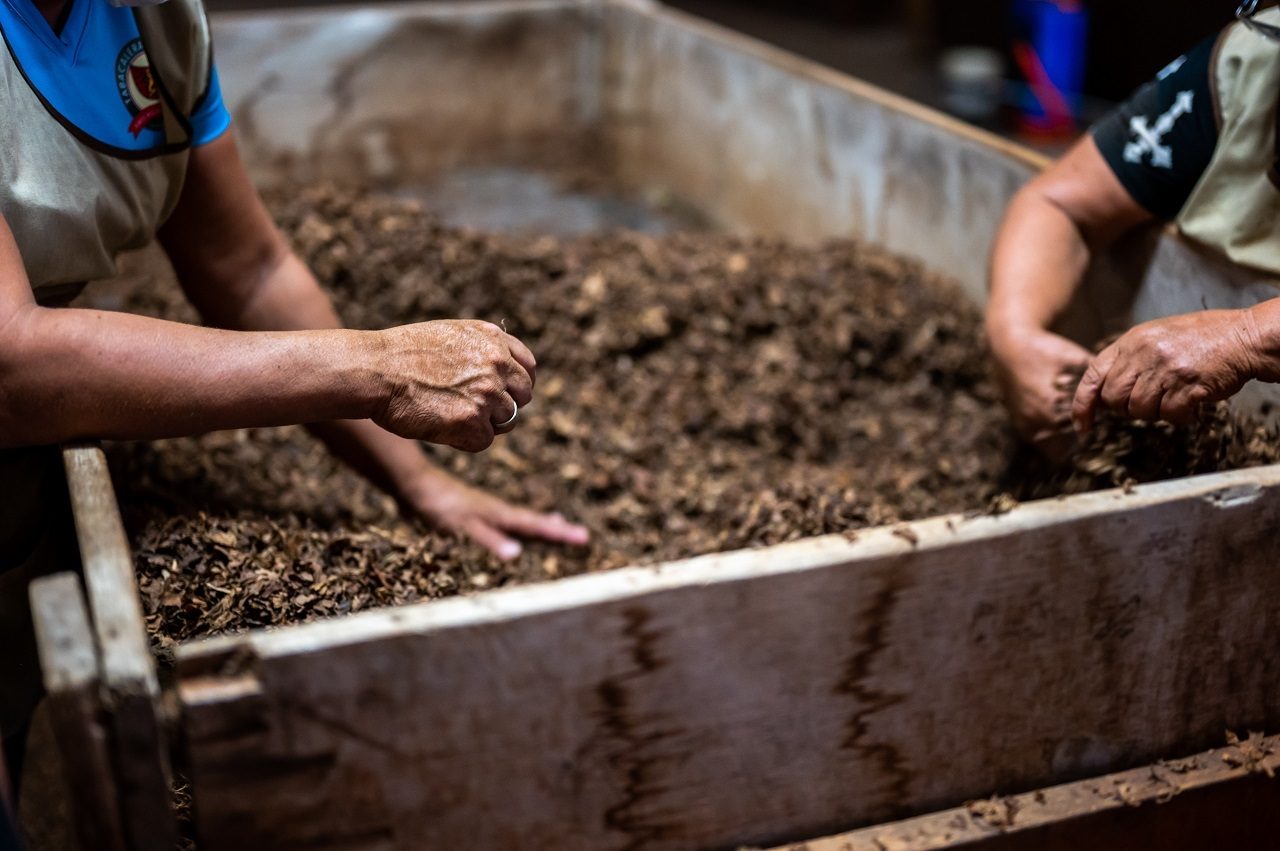One of the most significant benefits of having a raised garden bed is that you control the soil. This is advantageous for any gardener who has clay or hard-packed soil, concerns about pollutants, and issues with tree roots.
Since having the best garden soil is the foundation of having a healthy garden, you want to make sure that you're setting your plants up for success. So, how do you know which is the best garden soil for your raised garden bed?
Raised garden beds can range in size. If you have a standard, rectangular garden bed, it's recommended that your garden bed be around three to four feet wide by six to eight inches long and 10 to 12 inches high.
These standard dimensions will help you reach into the bed to plant, weed, and sow without having to walk through the raised bed. This is beneficial because it allows your soil to remain crumbly and loose, rather than becoming hard-packed because of footsteps.
How Much Soil is Needed?
When filling your raised garden bed, you might be surprised by how much soil is needed. In fact, having a soil delivery might be more economically conscious than buying a bunch of soil from the garden store. To know how much soil you'll actually need, there are several soil calculators online that you can use to help you figure out the amount of soil required.
The amount of soil that you'll need is dependent on the two things: the plants' root depth and the height of your garden bed. With a height of around 11", you'll need around a foot of the best garden soil. This amount will increase or decreased depending on the square footage of the garden bed.
If you cut the sod out underneath your raised bed, you can flip the pieces, so they're grass side down to fill in the bottom of your raised bed. There's a ton of soil attached, and the grass will ultimately break down over time. Doing this means that you'll need less soil to fill the beds.
The Best Garden Soil

Every gardener hopes to create the best garden soil for their plants. If their garden doesn't have the best garden soil available, there's no chance of having a fruitful season. Raised garden beds are separated from the soil in the ground, so it's up to you to figure out the best garden soil. How you do this depends on a few things.
The soil you use for your raised garden will depend on what you're hoping to plant. If the plants you're going to grow thrive in acidic soil, you'll need to add components to make the soil ideal for those plants. Similarly, if your plants prefer a more basic pH level, you'll need to add more balancing agents into the soil.
Additionally, it would be best if you considered the weather. If it's often dry where you live, you need to add soil that will retain moisture. If you live in an area that gets good rainfall, you need to make sure that you have a good drainage system.
If you plan on ordering soil, try to figure out where your soil is coming from. Topsoil is mostly taken from land that's being developed into new subdivisions. So, it could have been sitting for a while and can be devoid of nutrients.
If you plan on buying bags of soil from the garden store, look for labels that say organic herb and vegetable mix or organic soil for flowers and vegetables.
No matter what you end up using, you want to make sure that it's amended with compost. All of the rich organic material found in compost is an essential component that will help hold moisture and provide critical nutrients to your plants. Compost is essential if you want to best garden soil for raised beds, no matter what mix of ingredients you end up going with.
Amending the Best Garden Soil

If you don't keep a compost pile, you'll want to keep a compost reserve throughout the gardening season. This is because if you're pulling out spent pea plants in the middle of summer, you are getting rid of a bit of earth, but those spent plants have depleted the nutrients from the soil.
By topping your garden soil with compost, you'll be adding back nutrients to get it ready for whatever plant is placed in that spot. You can even add chopped leaves into your garden soil in the fall. All you need to do is run them over with your mower and sprinkle the garden beds with it. The leaves will break down over the winter season.
In the springtime, you can even amend your soil with compost. This is because you might find that the soil levels are low in your raised beds because of the snow's weight. Adding compost will bring the levels back up.
Final Thoughts
As with anything good in life, patience is critical when you start gardening. When you know what your soil needs, you can take away or add things to the soil to make the best garden soil for a raised garden bed. Understanding your garden's needs will take time, but once you've mastered it, you can create a beautiful garden full of blooming and thriving plants.
Making the best garden soil depends on several things, including weather and what type of soil your plants need.
Whether you decide to purchase packs of soil from the garden store or buy in bulk from a soil company, that's up to you. But regardless of what you do, make sure that you know where the soil comes from and add compost to increase the nutrients found in the soil.
If you follow this guide, your raised garden beds will have the best garden soil available, which will help them grow and thrive.



